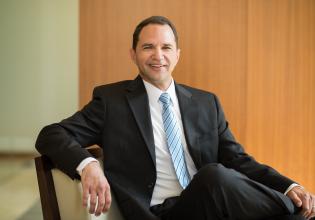
UC v. Broad Institute: No Interference-In-Fact in CRISPR Genome Editing Applications
UC filed U.S. Patent Application No. 13/842,859 (the ’859 application) on March 15, 2013. The ’859 relates to a method of cleaving a nucleic acid using the targeted gene editing system, CRISPR-Cas9. The claims of the ’859 application are not limited to any particular cell type. Broad later filed patent applications with claims related to use of the CRISPR-Cas9 system, but these claims were limited to eukaryotic cells (U.S. Patent No. 8,697,359 is exemplary).
On January 11, 2016, the PTAB instituted an interference between UC’s application and Broad’s patent and applications to determine which party invented the claimed technology first. An interference exists when “the subject matter of a claim of one party would, if prior art, have anticipated or rendered obvious the subject matter of a claim of the opposing party and vice versa.” 37 C.F.R. § 41.203(a). Broad moved to terminate the interference, arguing that its claims are patentably distinct from those of UC because a person of ordinary skill in the art would not have had a reasonable expectation that the CRISPR-Cas9 system would work successfully in eukaryotic cells. The PTAB agreed, and determined that there was no interference-in-fact.
UC appealed to the Federal Circuit, arguing that the PTAB erred by adopting a rigid test for obviousness that required specific instructions in the prior art to establish a reasonable expectation of success, and by dismissing evidence of simultaneous invention of the use of CRISR-Cas9 in eukaryotic cells by third parties as irrelevant.
The Federal Circuit affirmed the PTAB’s holding of no interference in fact, finding that the PTAB properly considered the lack of specific instructions as only one piece of evidence supporting its finding of non-obviousness. Similarly, the Court also found that the PTAB properly considered the evidence of simultaneous invention. The Court acknowledged that there was evidence to support UC’s position of a reasonable expectation of success, but the Court noted that its role is not to reweigh the countervailing evidence. Rather, its role as an appellate court is to evaluate whether the PTAB’s decision was supported by substantial evidence, and it this case it was.


